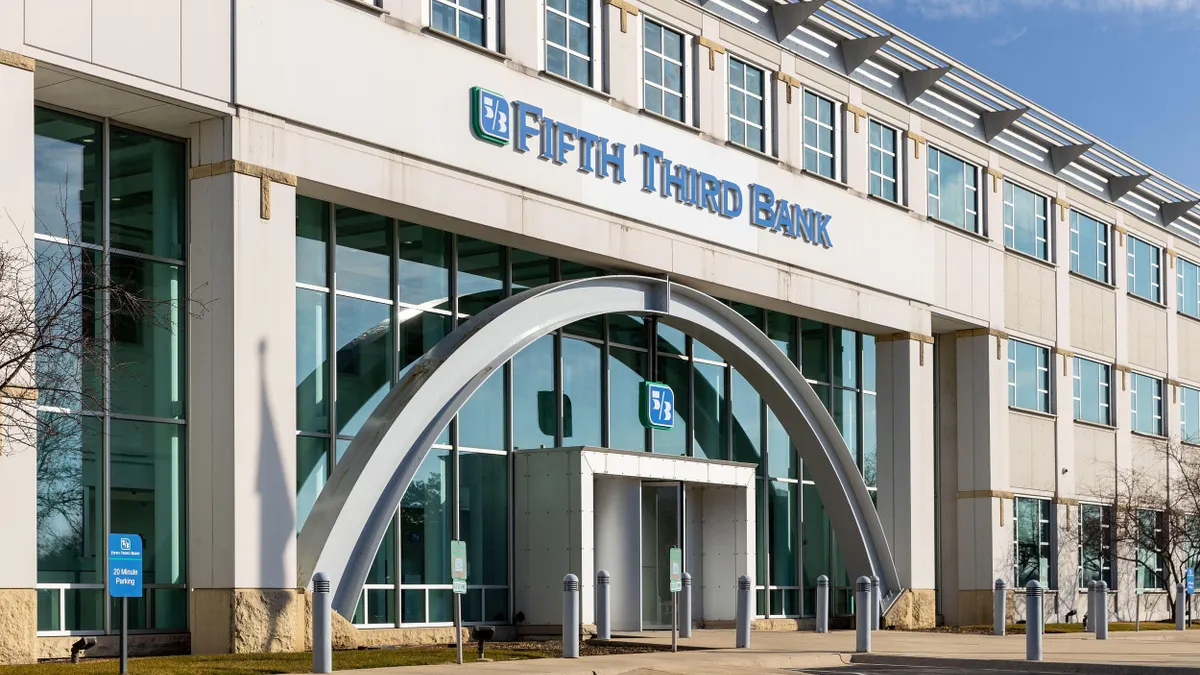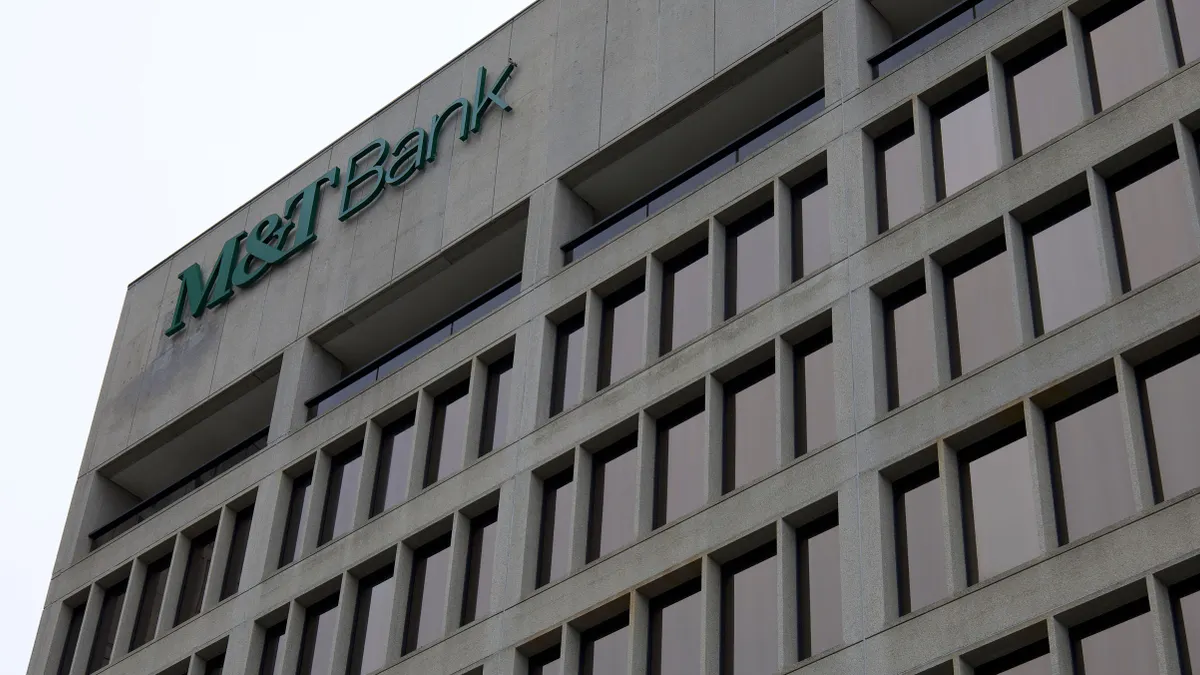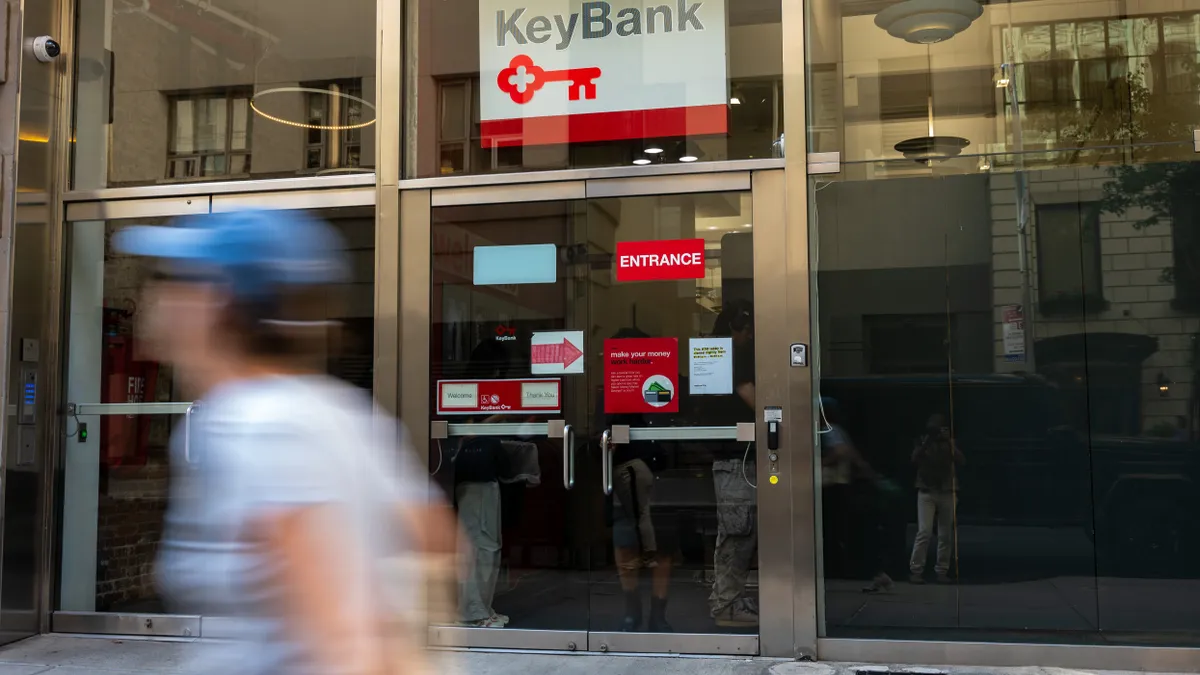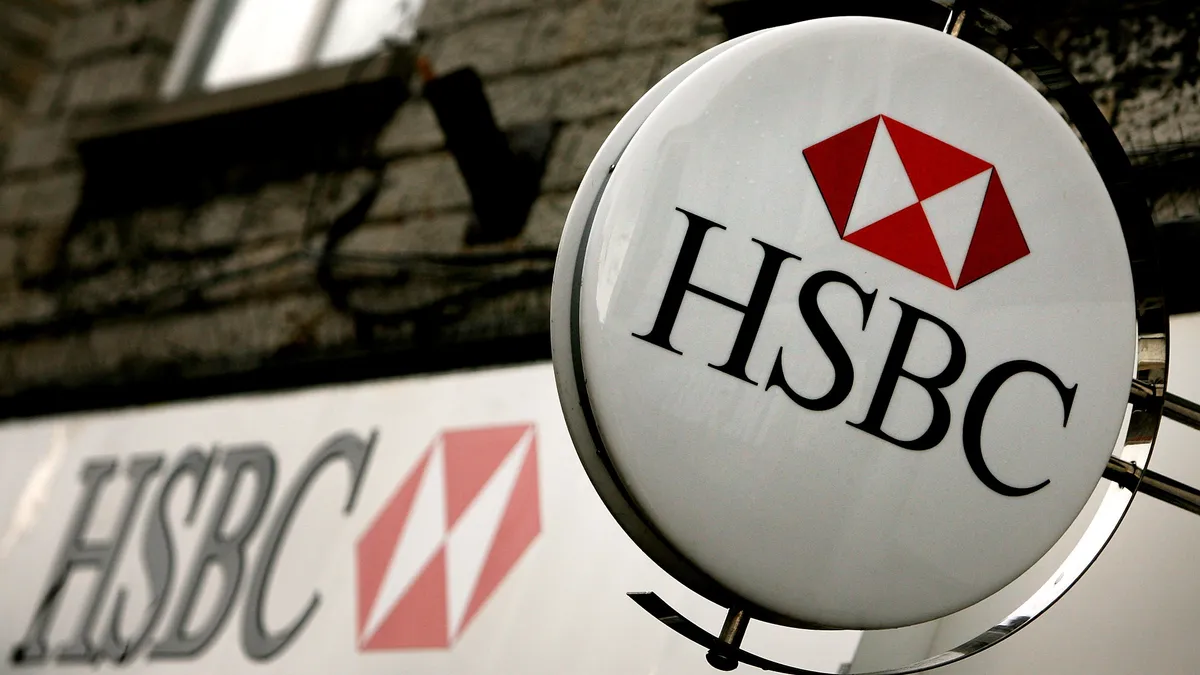Fifth Third logged a $178 million net charge-off in the third quarter tied to bankrupt subprime auto lender Tricolor, as concerns around banks’ lending to non-depository financial institutions proliferated during this week’s earnings calls.
The Cincinnati-based regional lender is one of a number of banks that have recently disclosed exposure to Tricolor or bankrupt auto parts maker First Brands, sparking fears of broader issues in the credit market. The bank said last month it had discovered “alleged external fraudulent activity at a commercial borrower” that could result in an impairment charge of up to $200 million.
Additionally, regional lenders Zions and Western Alliance this week disclosed bad loans linked to allegations of fraud.
Those revelations came after JPMorgan Chase on Tuesday reported a $170 million charge-off in the third quarter tied to Tricolor, which CEO Jamie Dimon called “not our finest moment.”
Dimon warned, “When you see one cockroach, there are probably more.”
Growing fear of more “cockroaches” has heightened concerns related to regional banks in particular, where losses may be more consequential than for megabanks. Investors are “now squarely focused on NDFI risks – and little else ever matters for banks when credit questions emerge,” UBS analyst Nicholas Holowko wrote in a Friday note.
Bank executives sought to assure they’re remaining vigilant and don’t see bigger issues at play. Fifth Third executives called the Tricolor situation “isolated” and clear “fraud,” but the company conducted a comprehensive review of its asset-backed finance portfolio in light of the occurrence.
“It was an end-to-end inspection by our leaders,” reviewing processes, procedures, policies, underwriting and portfolio monitoring, Fifth Third Chief Credit Officer Greg Schroeck said during the bank’s earnings call Friday. “We identified a couple of things that we'll start to implement from an enhancement standpoint, and we'll continue to do that, and we continue to reinforce some of the ongoing monitoring that needs to take place in that space.”
Nonbank lending makes up about 8% of Fifth Third’s total portfolio, he said.
“We've been very deliberate in our strategy to keep NDFI portfolio balances diversified,” Schroeck said.
Fifth Third CEO Tim Spence said the bank has no relationship with Cantor, which was mentioned in the Western Alliance disclosure. The Cincinnati regional did have a relationship with First Brands, “but we exited it a handful of years ago because of some issues that were identified during the collateral reviews we were doing,” Spence said.
At Jefferies’ investor day Thursday, CEO Rich Handler said of the First Brands situation: “We believe we were defrauded,” according to the Financial Times.
U.S. Bank executives noted some exposure to First Brands during the bank’s third-quarter earnings call Thursday, but didn’t detail it, saying it was not material to the company’s financials and already factored into the bank’s reserve.
In the bank’s wealth, corporate, commercial and institutional banking segment, provision for credit losses increased by about $103 million, “primarily due to increased reserves and charge-offs on select problem assets,” according to an earnings release.
Gunjan Kedia, CEO of the Minneapolis-based super-regional, said she doesn’t expect U.S. Bank will do anything differently going forward, citing the bank’s strong underwriting capabilities.
“When you have a large book, you have one or two issues, you have to be very appropriately reserved for it, which we are,” she said during Thursday’s call with analysts. “You have to be diligent, to learn lessons from it, and we have a lot of confidence in the quality of the credit book and our underwriting process.”
During Truist’s third-quarter earnings call Friday, the Charlotte, North Carolina-based lender’s executives also mentioned less than $200 million in exposure to First Brands, noting it was “fully reflected” in the bank’s loan-loss reserve.
Truist CEO Bill Rogers called the recent issues “idiosyncratic and uncorrelated events.”
“But that being said, just remember – the No. 1 risk for a bank is credit risk,” Rogers said. “We’re vigilant about that, we have been in the past, we’re hyper-vigilant today and and we'll be hyper-vigilant tomorrow.”
TD Cowen analyst Steven Alexopoulos referred to non-depository financial institution lending concerns as the “topic du jour” of third-quarter bank earnings calls, and noted “generalists listening to this conversation are dumping out of regional banks on fears that that portfolio is loaded with cockroaches.”
NDFI lending makes up about 11% of Truist’s total lending portfolio, which is lower than peers, Chief Risk Officer Brad Bender said, adding that it’s early to call the current moment an inflection point for the industry,
It is, however, “certainly an opportunity, and we’ll go back and look at all – as we do with any external events – what occurred, what are the implications,” Bender said.
Banks’ third-quarter reports thus far have “point[ed] in the right direction – criticized commercial loans down, card and auto delinquency down, provisions better than forecast,” wrote Truist Securities analyst Brian Foran. “The fly in the ointment is we now have three situations in six weeks involving chunky losses from double pledging of collateral and non-depository financial institution lending.”
“What we know looks good, but at the end of the day, you don't know what you don't know,” Foran added.





















